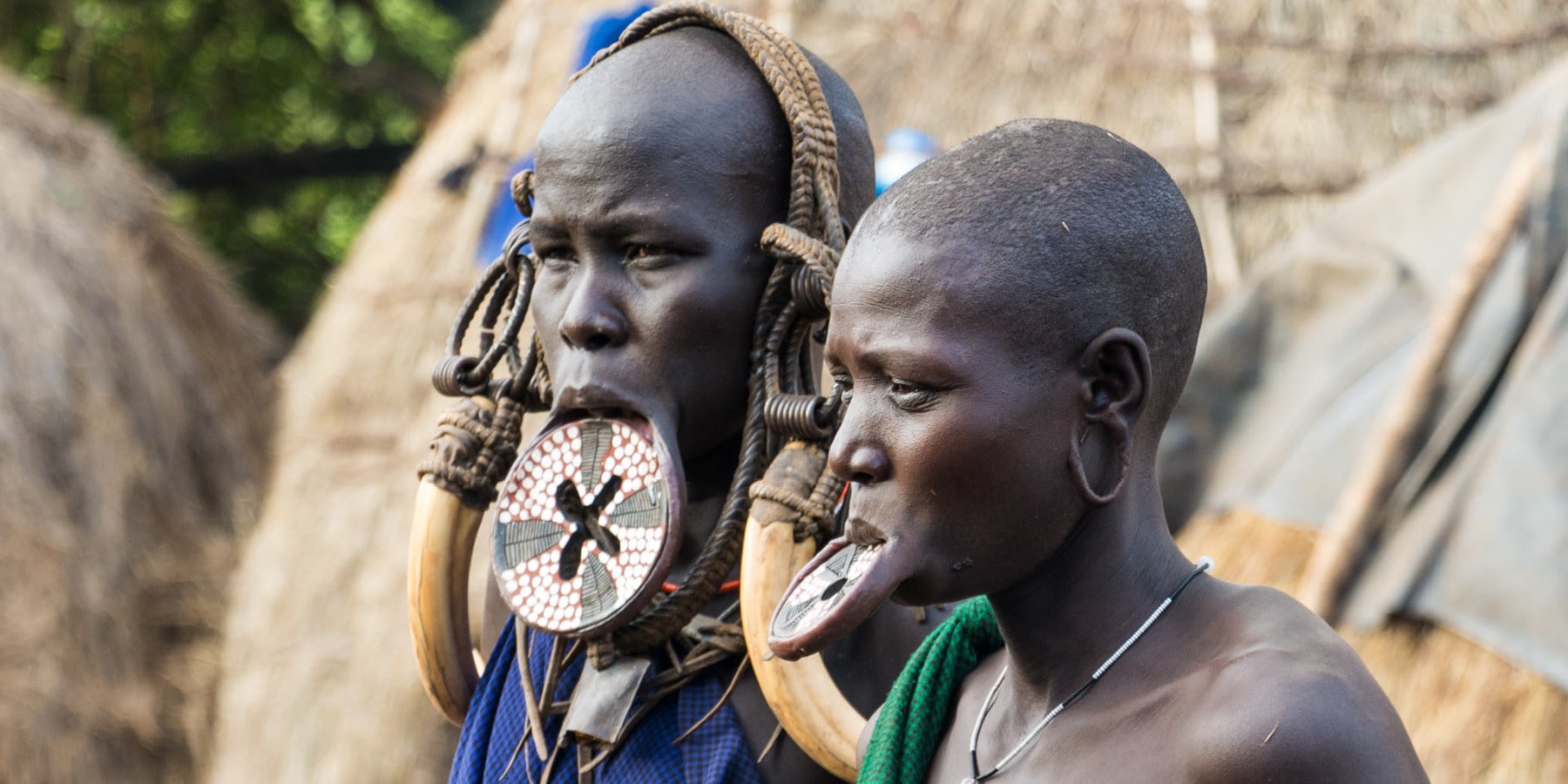
The Omo Valley in Ethiopia is a land of extraordinary diversity, where ancient traditions and indigenous tribes flourish. Among these tribes, the Arbore people hold a special place, captivating visitors with their unique customs and cultural heritage. In this article, we will embark on a captivating journey to uncover the mysteries of the Arbore tribes, their traditional practices, and the challenges they face in preserving their way of life.
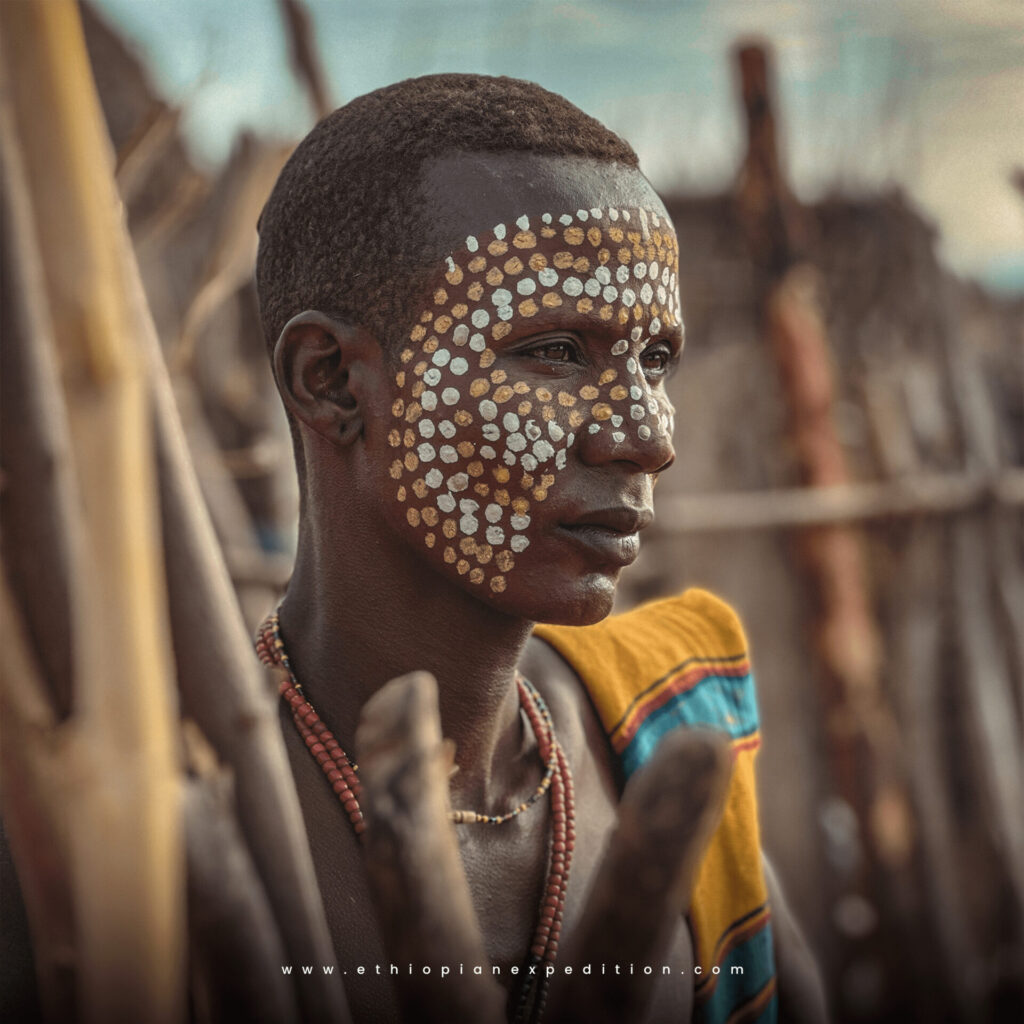
A Glimpse into History and Geography:
Nestled along the banks of Lake Chew Bet or Lake Stephanie, the Arbore tribes have called the Omo Valley home for centuries. This remote region, with its breathtaking landscapes and fertile lands, has provided the backdrop for the preservation of their ancestral traditions. The Arbore people have adapted to their environment, leading a semi-nomadic lifestyle and establishing villages with dome-shaped huts made from woven sticks, grass, and papyrus. During dry periods, villages may relocate further inland in search of pasture and water for their livestock, primarily cattle.
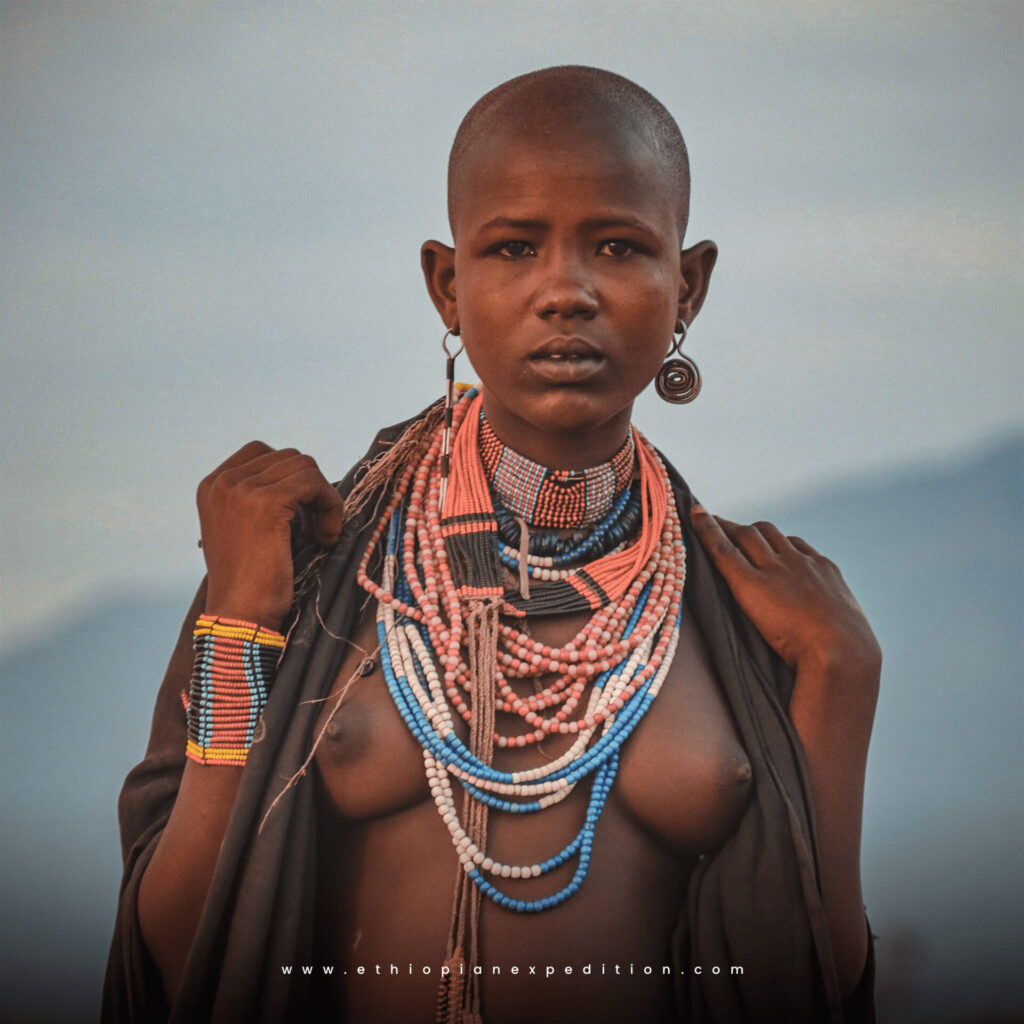
Cultural Identity and Expressions:
The Arbore tribes possess a distinct cultural identity that is reflected in their language, art, and attire. Their language, belonging to the Cushitic branch, binds the community together and serves as a vessel for passing down their cultural heritage. The Arbore people express their creativity through body adornments, such as intricate body paint and exquisite jewelry.
One of the most remarkable aspects of the Arbore tribes is their elaborate body decoration and adornment. Both men and women showcase their artistic skills through intricate patterns, body paint, and jewelry made from beads, shells, and metals. These adornments not only enhance their physical appearance but also serve as symbols of identity, status, and beauty.
The Arbore people have a rich oral tradition, preserving their history and cultural knowledge through storytelling, songs, and dances.
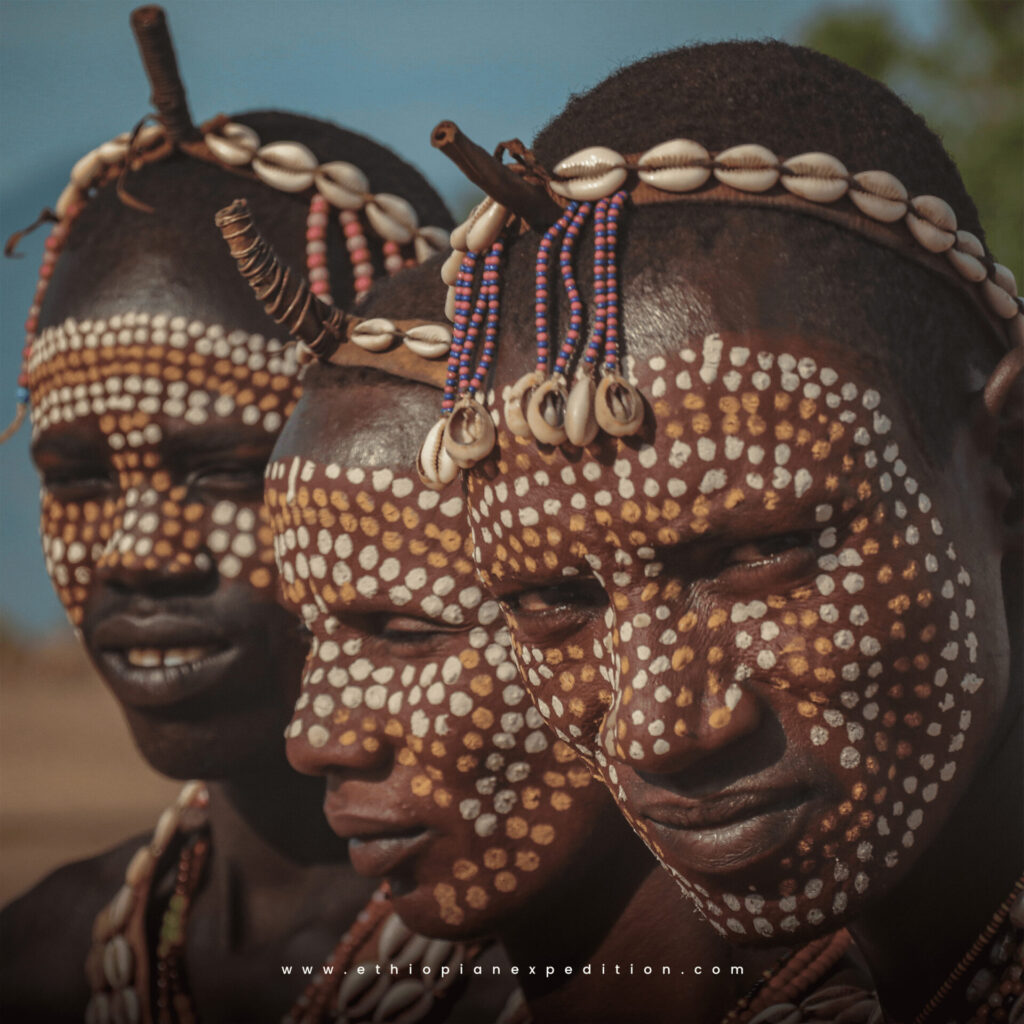
Traditional Lifestyle and Livelihood:
At the heart of the Arbore culture lies their traditional way of life. They are predominantly pastoralists, relying on livestock rearing, particularly cattle, for sustenance and as a measure of wealth. The Arbore people have a deep connection to the land and water, which sustains their livelihoods and forms an integral part of their cultural practices.
Experiencing the Arbore Culture:
Visiting the Arbore tribes in the Omo Valley presents a unique opportunity to immerse oneself in their captivating culture. By participating in community-based tourism initiatives, travelers can witness their daily routines, observe traditional ceremonies, and interact with the locals. It is essential to approach these experiences with respect, sensitivity, and a genuine desire to learn, fostering cultural exchange and contributing to the preservation of the Arbore way of life.
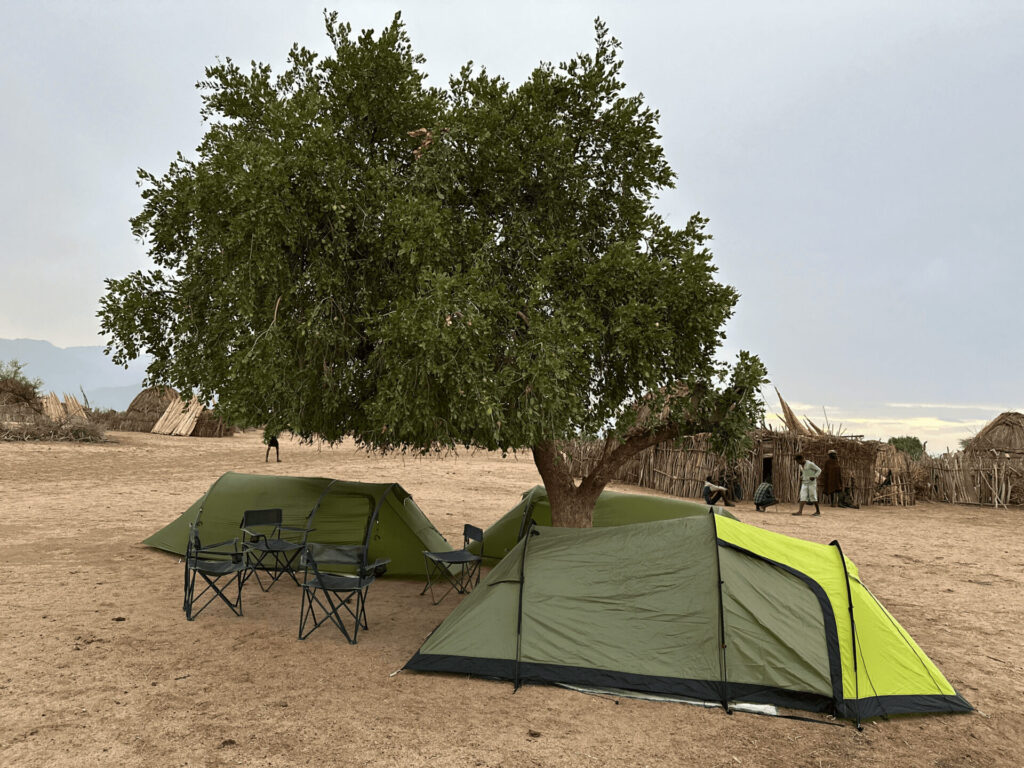
Traveling with Ethiopian Expedition: Unveiling the Arbore Culture:
Ethiopian Expeditions, a renowned tour operator, offers an incredible opportunity to explore the mesmerizing world of the Arbore tribes in the Omo Valley. Their expertly crafted itineraries allow travelers to engage with the Arbore people, gaining firsthand insights into their daily lives and cultural practices. Guides are knowledgeable about the region’s tribes and fluent in local languages to facilitate interactions. Well-equipped vehicles can handle rough roads to reach more remote villages. Accommodations include comfortable bush camping. Day trips involve village visits, cultural performances, handicraft markets, and nature hikes. Overnight stays in villages offer immersive cultural exchanges over shared meals.

